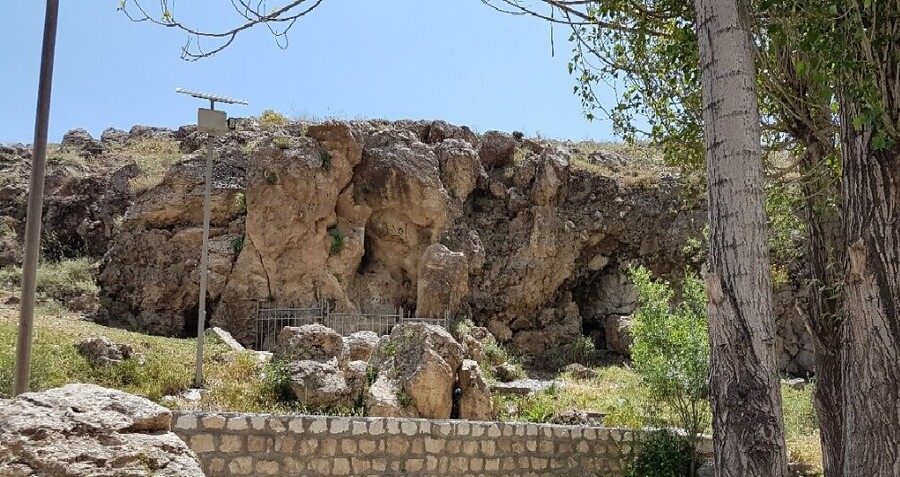The "Ayna Rum" river is located between Shino and Urmia and it is in Gali Qasemlou. The water is cool and light water and it comes out of the source on a large scale. The passengers take a rest here and it is an old summerhouse.
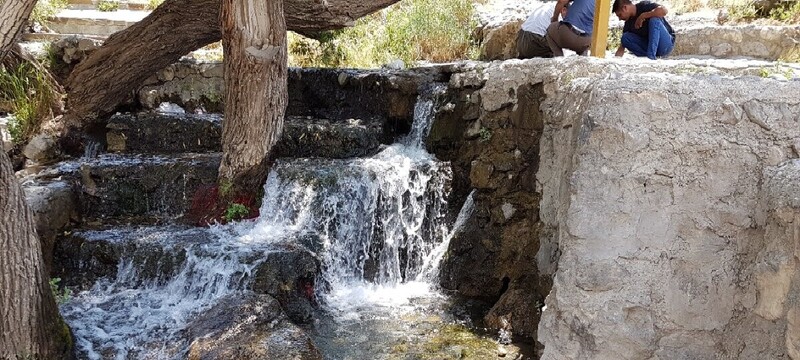
There is a script carved on a stone on the right side of the river written in cuneiform characters belonging to the Urartu era. This stone script's history goes back 700 to 800 BC; however, it was unfortunately stolen in the past few years. It was copied by the foreign archeologists earlier and the text was translated. It was also recorded as an ancient monument.
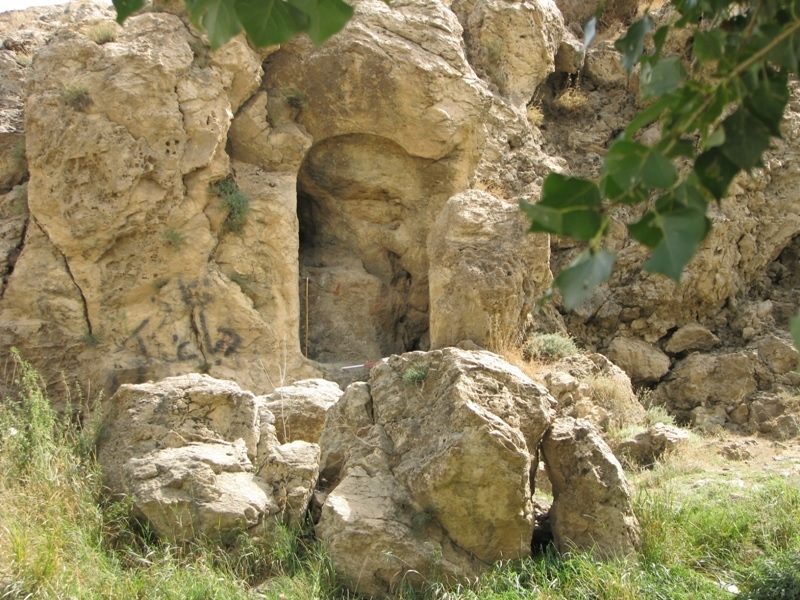
A brief part of this script goes like this: "I, Ishpoeni, sone of Sardo, father of Kuaraza, the world's king, the great king, donate this river to the worshipers of Mousasir temple along with the gifts and sacrifices I have granted to the temple and Khaldi God so that the worshipers will drink from this water and rest here and for the livestock of Khaldi and Mousasir Gods and …"
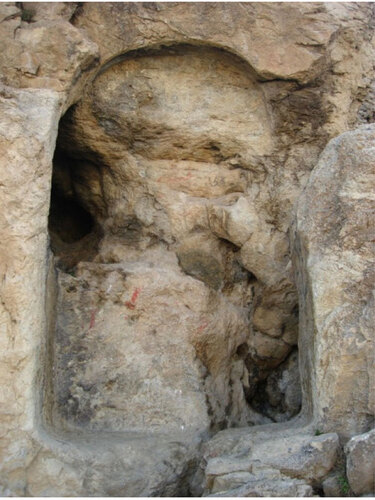
The script of "Ayna Rum" is one of the oldest Urartu remains which is related to water; a text that looks like a letter to convey the river is donated to people of this area and how important this source is for people's lives and its history goes back to more than three thousand years ago.
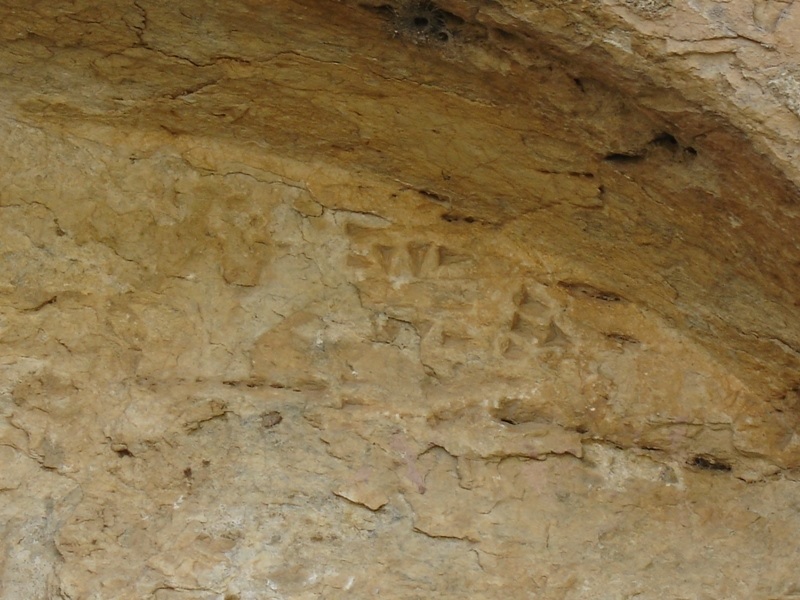
Before 1987 this historical script was studied by Wolfram Kleiss, the famous German archeologist, and he concluded that this script belonged to the Manwa monarchy (825 to 810 BC) who was one of the Urartu kings.
According to this archeologist's research, "Manwa" introduces himself as the Urartu land king in this script using a word, "Lolal", relating to this context.
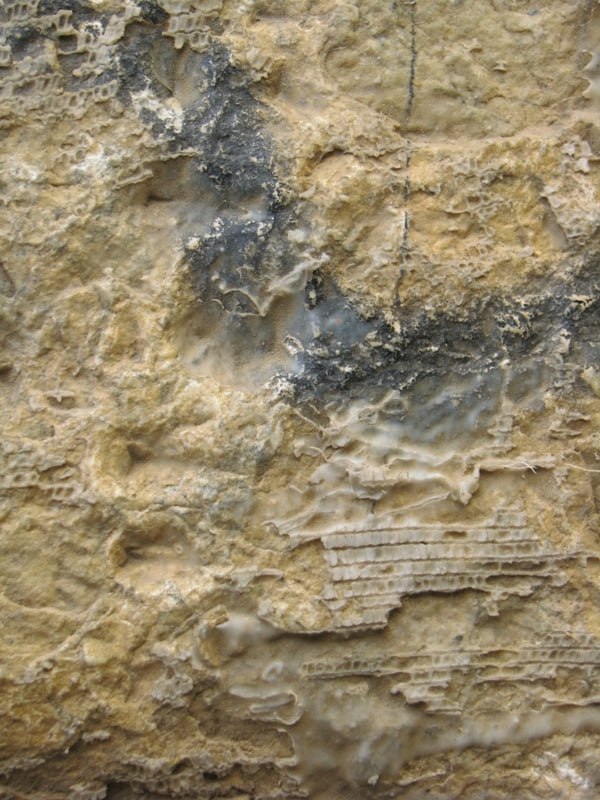
Experts believe that "Logal" in the ancient Sumerian language is used "in relation to humans" or "for naming humans" and if studying this text in detail, one can understand that this script is a letter of donation in which the Urartu king grants the river's water to the people of this region.
The script of the "Ayna Rum" river is located on the riverbank of Shino to Urmia Road and it is about 150 cm long. The top part of the stone on which the script had been carved is in the shape of a curve and the text belongs to the Urartu era.

Although a few characters of the cuneiform characters have remained, it is still possible to consider it as important historical evidence of the Urartu era.
The "Ayna Rum" script is the oldest written evidence in Urmia Province.
This valuable historical script was recorded as a national heritage in 2013 by the Cultural Heritage Organization of Iran. However, this was done when the script had been ruined by the lack of awareness of the people and the lack of protection of it.
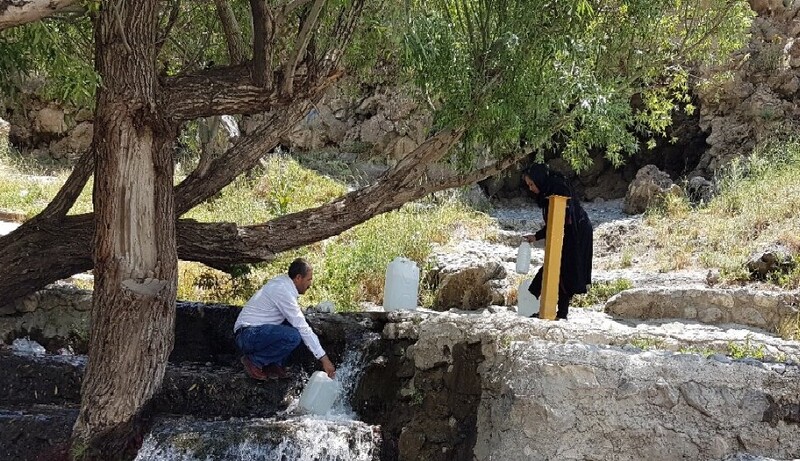
What is known up to now is that the history of this stone script is hidden and nobody really knows the facts about it and how it was put in that location.
Some archeologists say that the Germans have a copy of this script but the question is why the stone script was not preserved before it was stolen.
Since the history of this monument has been concealed and there is no formal evidence about it, the next generations might only hear a name without knowing its history. The Islamic Republic of Iran is the real culprit for this stone getting lost.
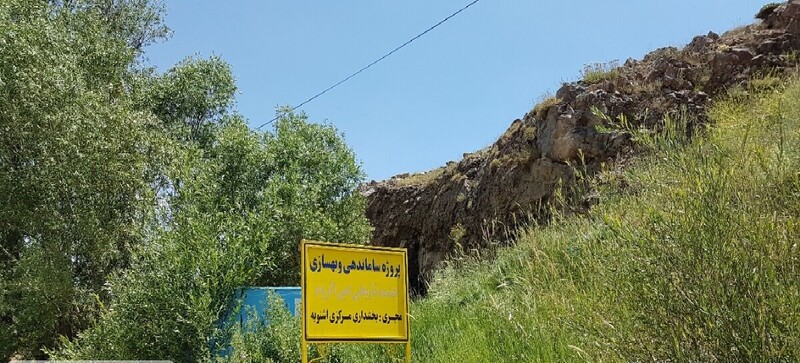
The Urartu people paid a great deal of importance to water and thirty thousand years ago they built canals, water storing tanks, and dams to carry out irrigation systems.
One of the Urartu kings' special features is that their tombs were carved in the middle of the rocky mountains of the region. In the Urmia region, 23 of these tombs have been identified.

